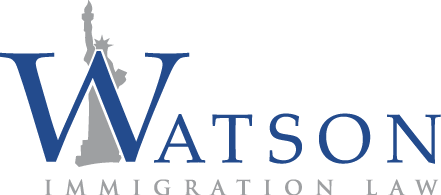As if H1bs visa haven’t had enough problems in the last 10 months, more problems are likely to ensue. Today, the Office of Inspector General from DHS issued a report that USCIS is not doing enough to verify information on H1b participants (employers and employees). Here is a link to the report.
The report discusses various problems before making four recommendations. Among other things, the report states that site visits are not effective enough and discusses the types and numbers of H1b site visits conducted. It essentially states that site visits, especially unverified ones, are not taken into account in adjudications. Thus USCIS should be better about collecting data from site visits and consider those while adjudicating cases. The report also states that The Administrative Site Visit and Verification Program is not sufficient. Among the problems it discussed, the report found that the ASVVP doesn’t take into account high and low risk petitioner. There is too long a period to deal with non-compliance and visas are generally not revoked for non-compliance reasons. And that there needs to be more standard training provided. The report is 38 pages long and talks more about the deficiencies of the H1b program.
Below is a copy of the recommendations. The report has detailed comments worth reading:
Recommendation 1: We recommend that the Deputy Director, U.S. Citizenship and Immigration Services, develop a process to collect and analyze complete and accurate data for all H-1B site visit activity. At a minimum, USCIS should:
- track targeted site visits as well as program costs associated with Administrative Site Visit and Verification Program and targeted site visits;
- analyze adjudicative actions for unverified site visits; and
- use data collected above to develop performance measures to assess the effectiveness of the site visit programs and assist with oversight improvements.
Recommendation 2: We recommend that the Deputy Director, U.S. Citizenship and Immigration Services, identify data and assessments obtained through site visit programs post adjudication and implement measures to systematically share this information with external stakeholders as appropriate.
Recommendation 3: We recommend that the Deputy Director, U.S. Citizenship and Immigration Services, conduct an assessment of the H-1B Administrative Site Visit and Verification Program to: identify the best allocation of resources for oversight of the H-1B Program. This should include an adjustment of the number of required site visits per year, and the time and effort spent at each site visit;
- update policies, procedures, and training to ensure consistent approaches and proper documentation for site visits;
- enhance the random sampling procedures to also include a more risk- based approach that prioritizes the recurring violators within the universe of H-1B holders and a random stratified selection of small or high risk petitioners; and assesses available information and data on petitioners; and
- ensure immigration officers have a career path that will encourage them to remain in the position and enable them to develop, enhance, and contribute to identifying and addressing noncompliance or fraud for the long term.
Recommendation 4: We recommend that the Deputy Director, U.S. Citizenship and Immigration Services, develop comprehensive policies across Directorates to ensure adjudicative action is prioritized on fraudulent or noncompliant immigration benefits identified by the H-1B ASVVP and targeted site visits.
In general, we will likely see more and more restrictive rules and procedures that will continue to make H1b processing difficult. Let me know if you see any of these changes occurring at your office.
